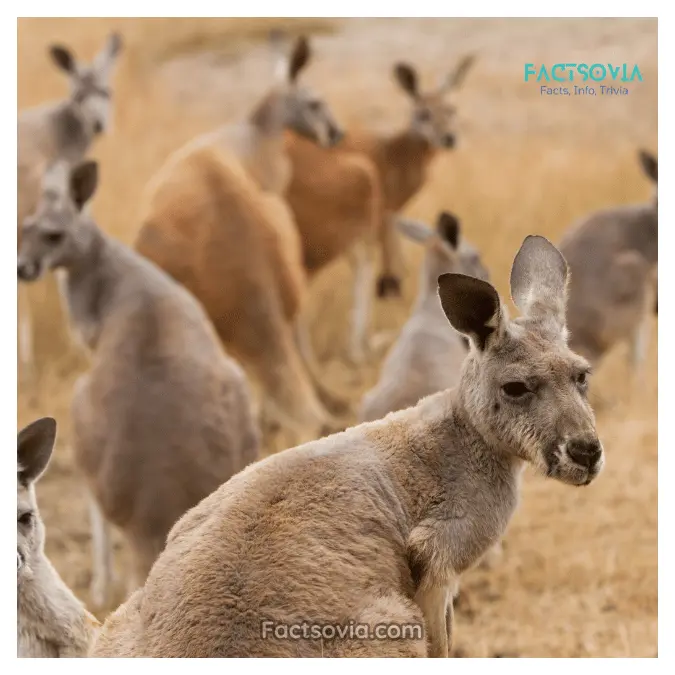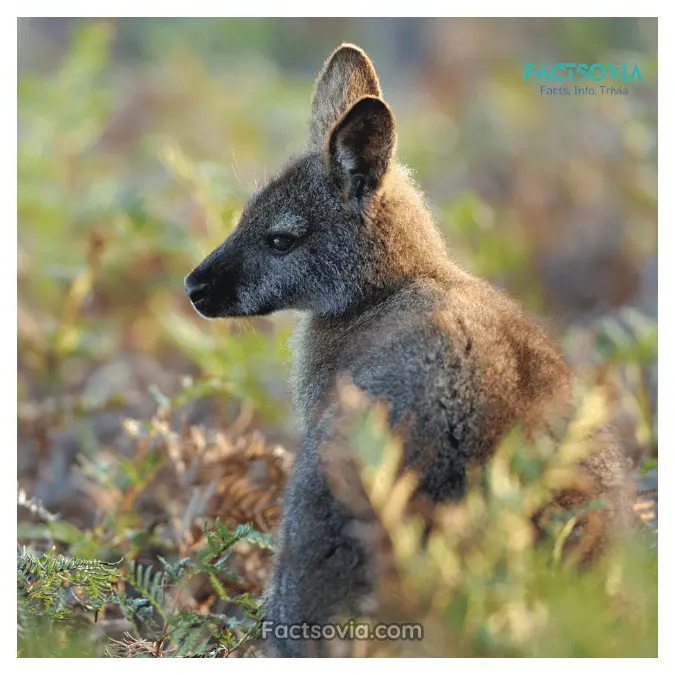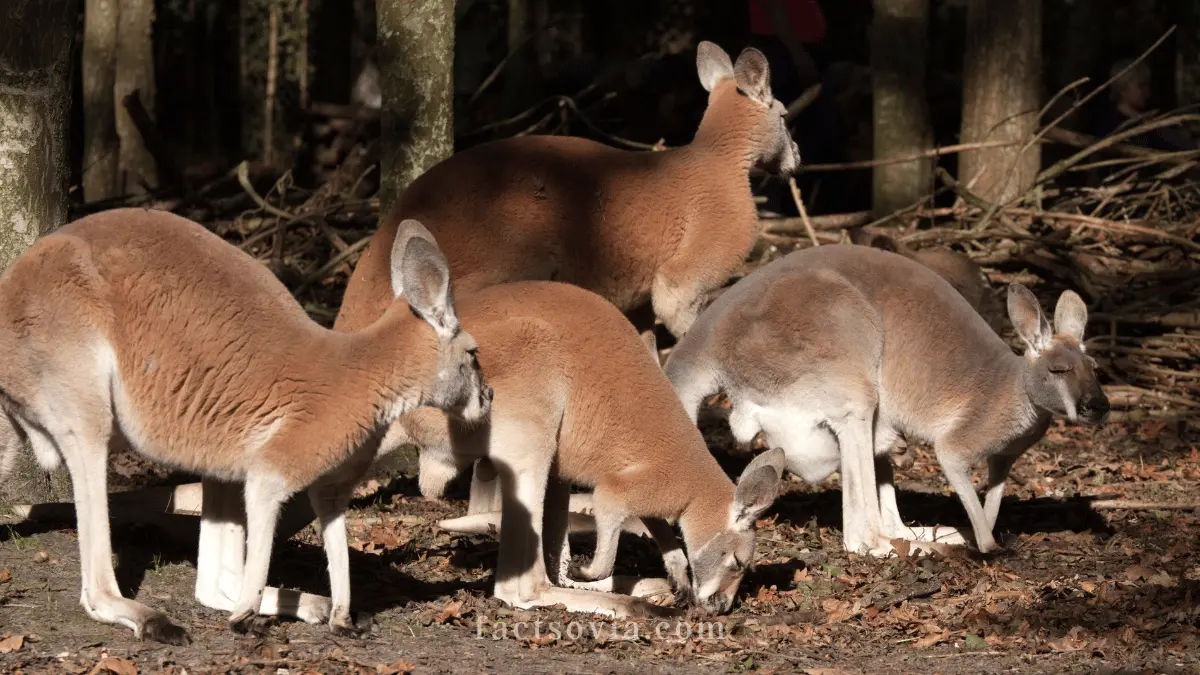We use affiliate links to run our site. When you buy through links on our site, we may earn an affiliate commission, without any added cost to you. Learn more
Kangaroos, those iconic marsupials synonymous with the Australian outback, have captured the imagination of people worldwide. Their unique appearance, remarkable leaping abilities, and pouch-carrying young make them one of the most recognizable and intriguing creatures on our planet.
While many aspects of kangaroo biology and behavior have been explored, there’s one question that often piques curiosity: What is a group of kangaroos called?
In this article, we will delve into the world of kangaroos, from their basic biology to their social structures, and ultimately uncover the answer to this intriguing question.
Funny Facts About The Kangaroos
The Social Structure of Kangaroos
To understand what a group of kangaroos is called, we must first explore their social structure. Kangaroos are known for their gregarious nature, often congregating in groups for various reasons.
These groups, or gatherings, serve different purposes depending on the kangaroo species and their stage of life.
Mob

In the kangaroo world, a “mob” is a term used to describe a group of kangaroos. Mobs typically consist of kangaroos of the same species, sex, and age.
For example, male kangaroos, known as boomers or bucks, might form bachelor mobs. Female kangaroos, called flyers or does, often join female mobs with their offspring, known as joeys.
Mobs provide several benefits to kangaroos. They offer safety in numbers, making it harder for predators to single out an individual kangaroo.
Mobs also provide opportunities for social interaction, which can be essential for maintaining social bonds and ensuring reproductive success.
Troop
In addition to mobs, some kangaroo species form larger groups known as “troops.”
Troops are more diverse in terms of age and sex composition than mobs. They often gather in open areas to graze, socialize, and engage in various group activities.
Court
Kangaroos are not just known for their social gatherings; they also exhibit territorial behavior. In some cases, kangaroos establish a “court” or territory that they defend against other kangaroo groups.
The size and composition of a court can vary depending on the resources available in the area.
Different Kangaroo Species:

Now that we have explored the general social structures of kangaroos, it’s essential to note that different species have unique names for their groups.
Let’s take a closer look at some of the most well-known kangaroo species and the names they use for their gatherings:
Red Kangaroo
The red kangaroo (Macropus rufus), the largest of all kangaroo species, is known for forming mobs. These mobs can vary in size but often consist of several individuals of the same sex and age.
Red kangaroos are highly adaptable and can be found throughout most of Australia, from arid deserts to grasslands.
Eastern Gray Kangaroo
Eastern gray kangaroos (Macropus giganteus) also form mobs, but their mobs tend to be smaller and more tightly knit.
These kangaroos are often found in forested areas along the eastern coast of Australia. Mobs of eastern gray kangaroos are usually led by a dominant male known as the “alpha.”
Wallabies

Wallabies are smaller kangaroo species that prefer densely vegetated habitats. While they share some similarities with kangaroos, they are distinct in their own right.
Wallabies often gather in groups called “troops” rather than mobs. Troops of wallabies can include individuals of different ages and sexes and are often seen grazing and foraging together.
7 Key Differences Between A Wallaby and A Kangaroo
Wrapping Up
So, to summarize, the collective term for a group of kangaroos can vary depending on the species and the context. In general, kangaroos are social animals that form mobs, troops, or courts to provide mutual support, safety, and opportunities for social interaction.
The specific name for a kangaroo group can be further influenced by factors like age, sex, and location.
I hope you found this information helpful. Don’t forget to explore more fascinating articles on this site, where we unravel the mysteries of the natural world one question at a time.
Please share this post with fellow nature enthusiasts, and let’s continue our journey of discovery together.
Amazon and the Amazon logo are trademarks of Amazon.com, Inc, or its affiliates.
